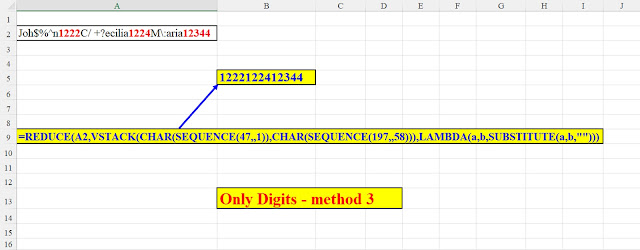Extracting Country Name from End of String
Suppose you have a list of addresses, where the country name
appears at the end and you need to check whether the name appears in a country table.
This can easily be done, for example, by extracting the
last word of the string and using XLOOKUP to verify that this is indeed a valid
country name.
But what if the country name consists of two words and not
just one?
For example: United States, United Arab Emirates, Ivory Coast, Czech Republic,
New Zealand…..?
Then, the previous solution won’t always work.
So, we found a better solution for countries with more
than one word in their names.
This solution has (at least) three advantages:
1. It can be applied in
any Excel version, not only in Excel 365
2. As stated above, it
can handle countries whose names consist of more than one word
3. Unlike the first
solution, where the country name must be at the end of the string, the second
solution allows us to find countries in the middle of the string.









